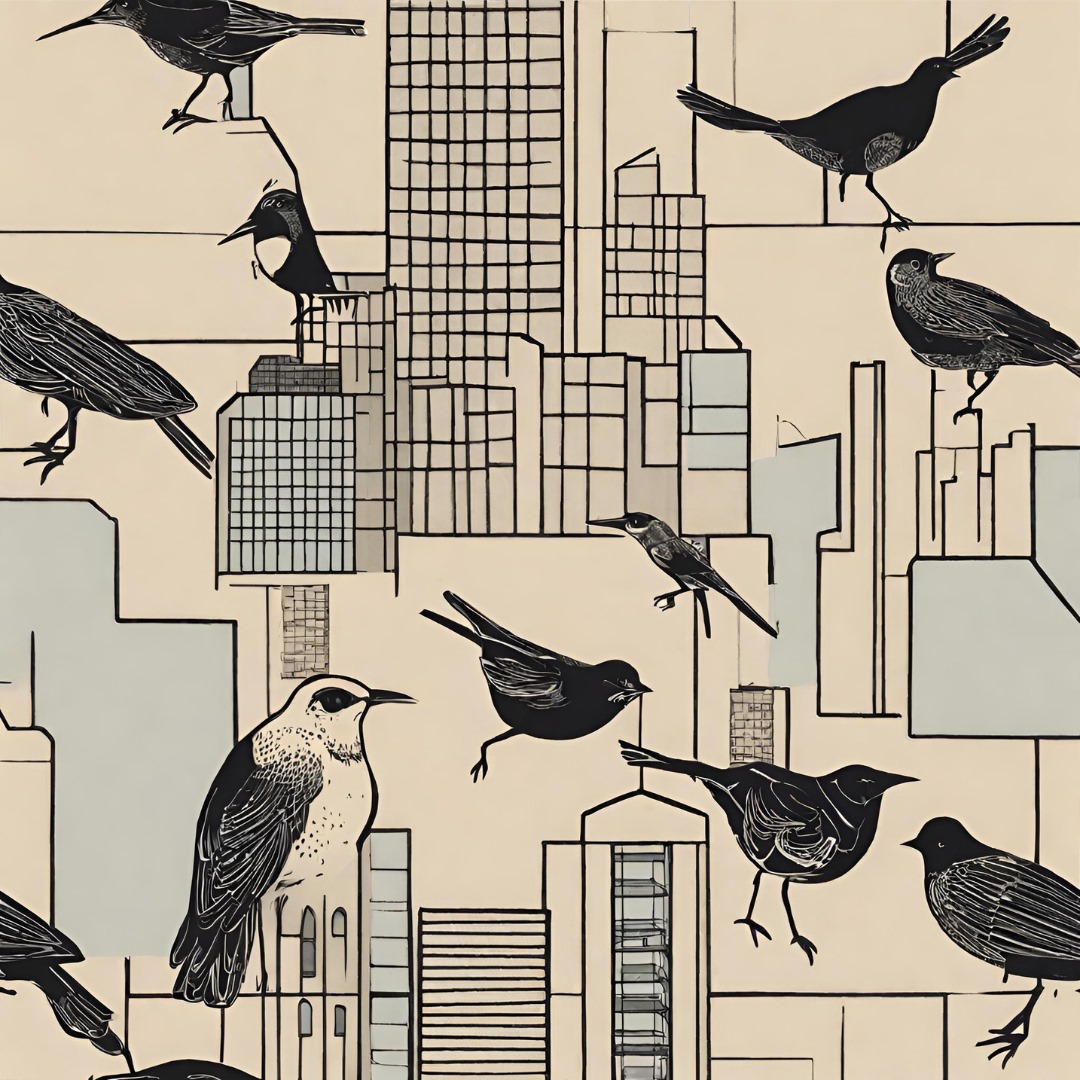Walton Studio Critic: Susan Jones
Studio Topic
Over the last 70 years, the American celebration of death has become highly institutionalized, sanitized, and commercialized. The 2018 Walton Studio invited students to reflect on this situation through the lens of architecture. How does architectural design, address grief and mourning, the celebration of one’s life, religious teachings, and the soul? How do ceremony and symbolism play a part in our culture’s historical celebration of death? Should a new perception of the earth and its final limitations induced by climate change affect how we understand death and the funeral industry? How can sacred space intersect all this? These and other questions demanded the consideration of building types that go back deep in history, as well as the existential and spiritual sense of transition and the insecurity that death and loss bring up for every individual, family, and community.
The topic was studied through the design of a 30,000 sq. ft. funerary complex located in Washington Bonney Watson Memorial Park in Seattle, WA. This project involved dealing with an existing building, and a program that Walton Critic Susan Jones’ office had dealt with in the past. A unique design methodology enabled the students to approach the problem open-mindedly, and thus find intriguing solutions.
The studio started with a series of readings, precedents study, and site analysis. Once this familiarization phase ended, Jones deployed an unusual pedagogy: students were to conduct a qualitative study of the most fundamental experiences to take place in the building vis-à-vis architectural qualities. Emotions and sensations are used as the gateway to envision architectural tectonics, and the way to materialize them. This translated into making quick, simple, and intuitive physical models on a 3”x12” base that addressed various experiences of the grieving process.
In the next step, students photographed their models, as if they were inhabiting them from a variety of perspectives and light conditions, and then print the photos in a large format. These atmospheric images were beautiful, and touching, and quickened the architectural search. Emotion was the entry point to the making process, and then seeing the models reframed became design revelations of scale, space, light and materials. This effort is appreciated in the first two pages of students’ work following this introduction. This intense warm-up led to decisions about the site, program, experiences, and even building details, and gave birth to advanced architectural schemes.
The narrative nature of architecture and funerary rituals, an emphasis on simplicity, and the demand for an overall encompassing concept were utilized to stitch together the key architectural moments discovered in the emotion-driven making process.

research studies by one student group (bottom)

Almahmoud is waiting for her turn.

reviewing design work by Caroline Winn (bottom)

students

Graduate Students: Alexandra Garner, Odette Leal, Jazzmin Redi, and Caroline Winn.
Undergraduate students: Fai Almahmoud, Gino-Angelo Bretana, Silvia Elias, Melissa Lacayo, Tanya Rivera-Diaz, Antonio Ugarte, and Federico
Witzke. Photograph by Julio Bermudez








